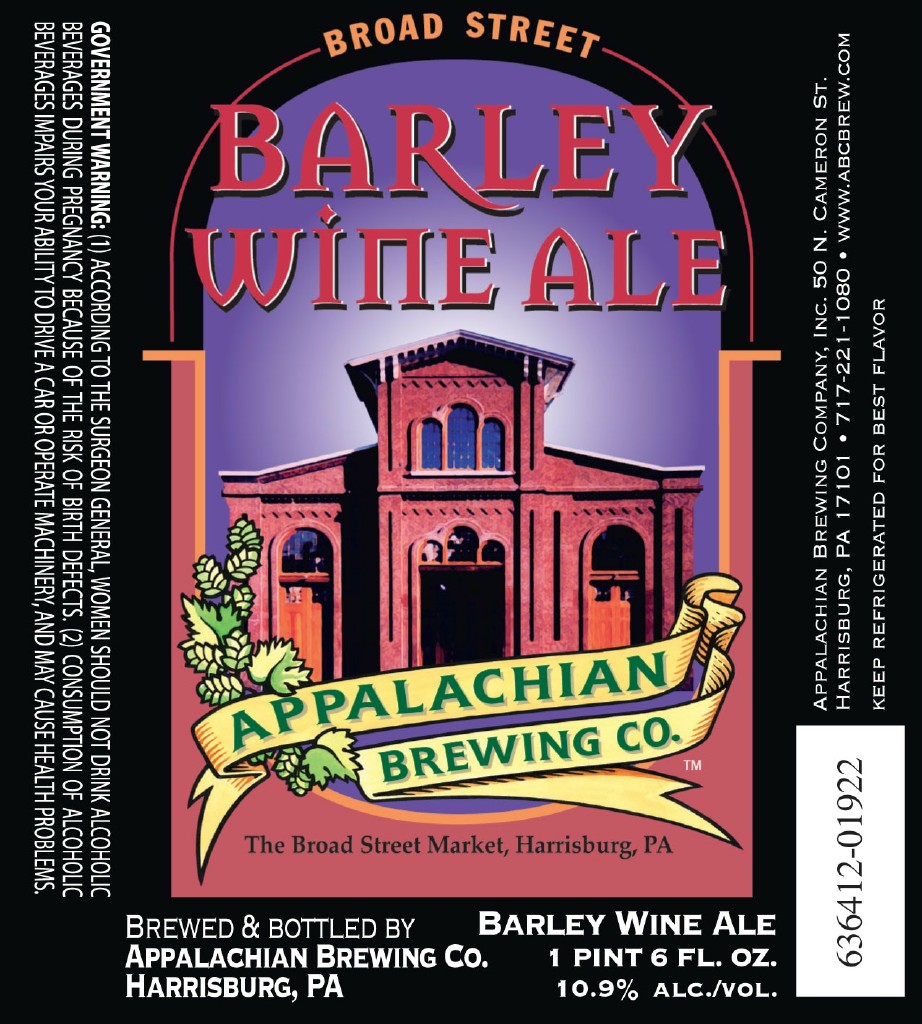I was born a beer lover–it was my mom’s most frequent and inconvenient pregnancy craving. Later in life, I learned more about beer types while working in a brewpub. I wrote this article to help those who are less familiar with beer to combat the judgmental glares of beer snobs and to avoid ordering beer you won’t like.
Beer varieties are distinguished by color, alcohol content and flavor. The two ingredients you need to worry about are malt and hops. Malt is the product of barley (or another herb) that has been steeped in water, germinated and dried. Malt is what gives beer a sweet taste. Hops used to make beer are dried flowers from the hop plant (part of the hemp family), which contain essential oils that create bitterness. The alcohol in beer is a result of yeast reacting to sugar (maltose) in the malt (called fermentation). Lagers and ales can be either style and differ only in the yeast used to brew them. Yeast used to make ales typically ferments at warmer temperatures, while the lager yeast ferments at cooler temperatures.
Ales
Barley Wine: Not wine! Lots of alcohol, rich and sweet.

Courtesy of Beer Street Journal
Bitter (Ordinary, Special, ESB): Strong malt flavor that competes with hops. Not as bitter as the name would suggest.
Brown Ale: Fairly dark brown with a nutty sweetness, and it’s only a tiny bit bitter. Goes well with lots of food. (Ex. Newcastle Brown Ale)
India Pale Ale: Very hoppy/bitter with a sort of floral taste, golden color and high alcohol. Any beer with “Hop” in the name is probably an IPA.

Courtesy of Beer for a Year
Pale Ale: Can be copper, amber or bronze in color and are mild all the way. Equally bitter and sweet with medium alcohol content. Drink these when the weather starts warming up to wean yourself off dark beers.
Porter: Light to dark brown, tastes like coffee, caramel and/or roasted nuts.
Stout: Very dark and creamy, and tastes like chocolate and coffee. The best.
Scottish (Light, Heavy, Export) Ale: Dark amber to copper, medium maltiness, sort of smoky and caramelly.
Wheat (Weizen): Light and pale gold with fruity taste.
Lagers (storage in German)
Light Lager (includes Lite, Standard and Premium American Lagers): Only a little malt and hop flavor. Cheap and easy. Pale and clear yellow color. Popular examples are Bud Light, PBR and Stella Artois, respectively.

Courtesy of Bar Geek
Amber Lager (like Oktoberfest): Toasty and malty, dark gold in color. Goes down smooth.
Bock (Traditional, Maibock, Doppelbock, Eisbock): Pale yet malty and kind of spicy without being bitter. Gold to brown to reddish.

Courtesy of Patrick’s Beer Blog
Check out these articles also about beer!
- The Best Beer for Each Meal (Texas)
- Filled With Laughter and Good Beer (NU)
- Four Awesome Ways to Cook With Beer (Northwestern)

